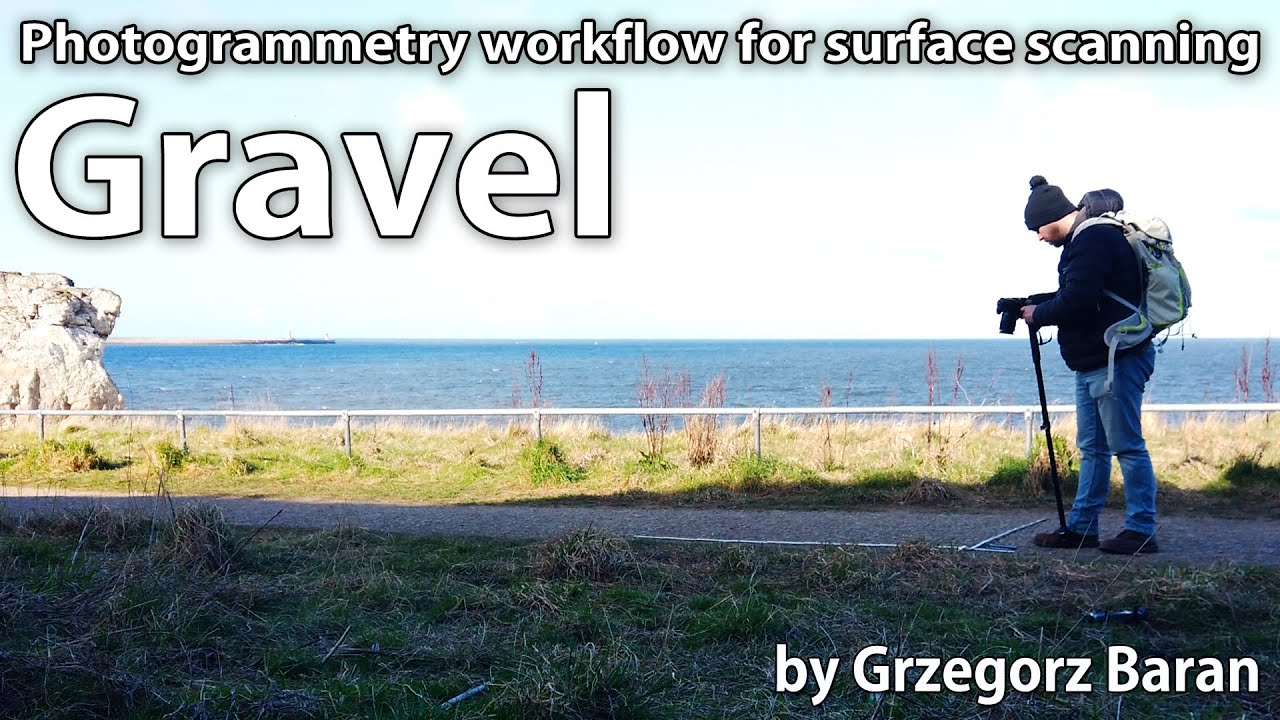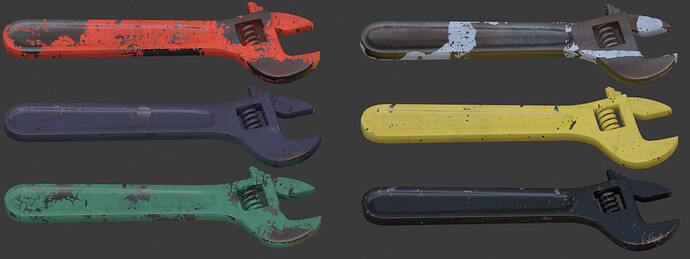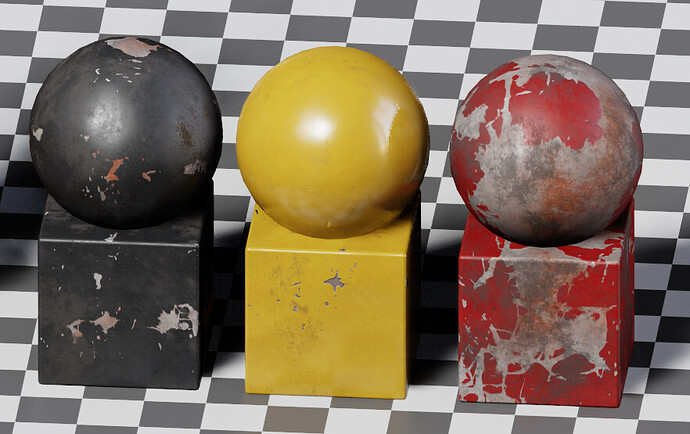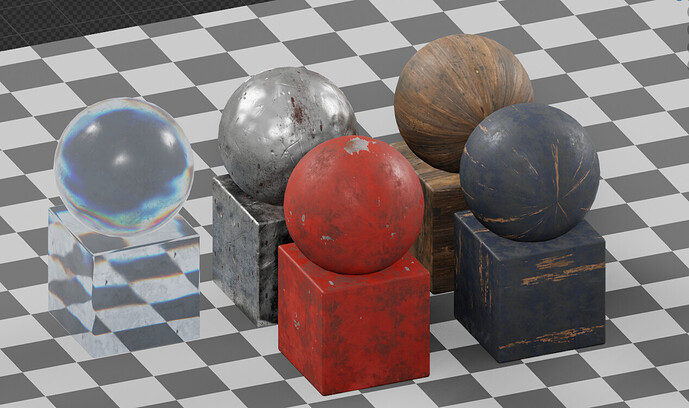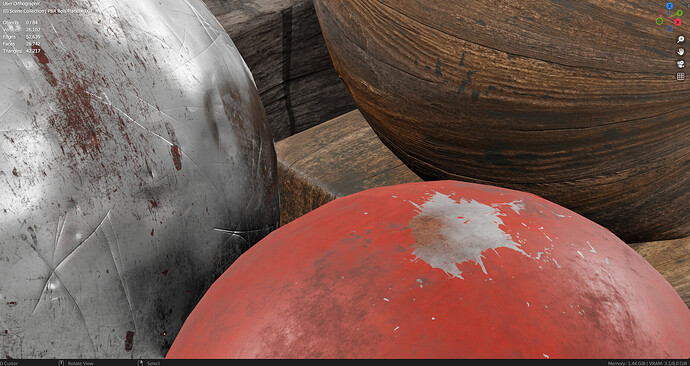Hello!
I am considering distributing and selling 3D models created in Blender.
These models are not assets to be used only by myself.
Since others will also use them, they need to be safe and not infringe on any third party’s rights, and they need to be of a slightly higher quality.
Therefore, i am interested in how textures are procured by many people who distribute and sell models.
Even if you don’t distribute or sell them, I would be glad to know.
I think many of the textures for non-photorealistic models are hand-drawn.
In this case, do you use Blender’s Texture Paint for hand-drawn textures?
Or do many people use other software such as Substance 3D Painter?
On the other hand, how do they procure the textures for their photorealistic models?
Do they use texture distribution sites such as Poly Heaven?
Or do they use Substance 3D Painter mostly?
Also, if there are any other common ways to procure textures, please let me know.
By the way, I know of procedural textures.
Thanks in advance.
Sorry if there is any strange English.
